Apple iPhone 6s Plus: the specs review

Design
Not much has changed on the surface since the iPhone 6 Plus first introduced an enlarged variant of the iPhone 6's look, which boasted a laminated screen and comfortably round corners. This time around, though, Apple is beating its chest for incorporating Series 7000 aluminum instead of the anodized aluminum it's been traditionally using. Anodizing increases the material's resistance to corrosion and wear by adding an oxide layer outside of it. Combined with dye, the process is also used for coloring metal.
At 5.44 x 2.64 x 0.27 inches (138.1 x 67 x 6.9 mm), the iPhone 6s matches the size of its predecessor. It's certainly one of the most reasonably sized smartphones around, even if the screen to body ratio of 66% isn't exactly an example of efficiency.

Display
Save from the addition of pressure sensitivity, which we will refer to in a minute, the screen on the iPhone 6s Plus is virtually unchanged from what the one before it. This is a 5.5-inch panel with the ubiquitious 1080x1920 resolution, which accounts for a sufficient pixel density of 401 pixels per inch. It's a fine example of an IPS LCD screen, even if its properties don't have the sheer impressiveness of Samsung and LG's Quad-HD displays, not to mention the Sony Xperia Z5 Premium's outlandish 4K screen. While we don't the have exact display measurements, we expect what has become typical of Apple screens — a tolerably cool color temperature, nicely evened out color balance, near perfect gamma response, and fantastic viewing angles. It is these characteristics, and not obscenely high pixel counts or super wide color gamuts that make for a high quality display, though we don't have anything much against the latter!
Now, about that Force Touch thing we mentioned. Borrowed from the new MacBook's trackpad and the Apple Watch before it, the technology relies on tiny electrodes surrounding the display that let users deliberately choose between a light tap, a press, and a "deeper" press, triggering a range of specific controls. In the Apple Watch, we saw how pressing firmly on its screen brings up additional controls in apps and allows for additional interaction. Right now, the technology is merely being toyed with and emulated by other manufacturers, such as Huawei, but as a the first new frontier in interactive surfaces since multi-touch, its potential could expand to building fingerprint sensors and other interactive elements inside screens. It could potentially let Apple get rid of the home button one day, although removing such a long-standing element would have to make for quite the decision.

Processor and Memory
The iPhone 6s Plus introduces a major hardware upgrade in the form of the new A9 chipset and an increase to 2GB of RAM memory. The A9, which is fabricated by Samsung and TSMC's foundries, has not been properly documented yet. However, we know that the chip is produced on a 14nm or 16nm process, rather than the A8/A8X's 20nm process. Thanks to that, the A9 packs more transistors on the same surface area as the A8, theoretically boasting better performance and power efficiency characteristics.
Some early benchmarks that originate from a Chinese source suggest that the A9 enjoys an around 19% jump over the A8, and a 6% improvement over the A8X in single-core performance, in addition to a 69% multi-core improvement over the A8 (8% from the A8X). That sounds like a steady growth in processing power, certainly in the ballpark of what could be expected of Apple. Moreover, we've heard that the A9 relies on a quad-core setup, with two cores pushed to 1.7GHz and two cores at around 1.2GHz. The A8X before it uses a triple core design, so this leap is certainly within the realm of possibility.
Memory-wise, the iPhone 6s Plus comes with either 16GB, 64GB, or 128GB variants. It still uses eMMC solid-state technology, so don't expect SSD-like reading and writing speeds.

Camera
The iPhone 6 Plus' camera setup was somewhat aged upon the handset's very reveal, so an upgrade in this important category was long due. What do you know, Apple finally delivered — a restrained, but certainly well thought-out 12MP rear camera bump (up from 8MP), and a comparatively generous increase to 5MP for the front cam (from just 1.2MP). Photo quality improvements aside, the most notable new addition is 4K (3840x2160) video recording, which puts the iPhone's camcorder on par with Android flagships.
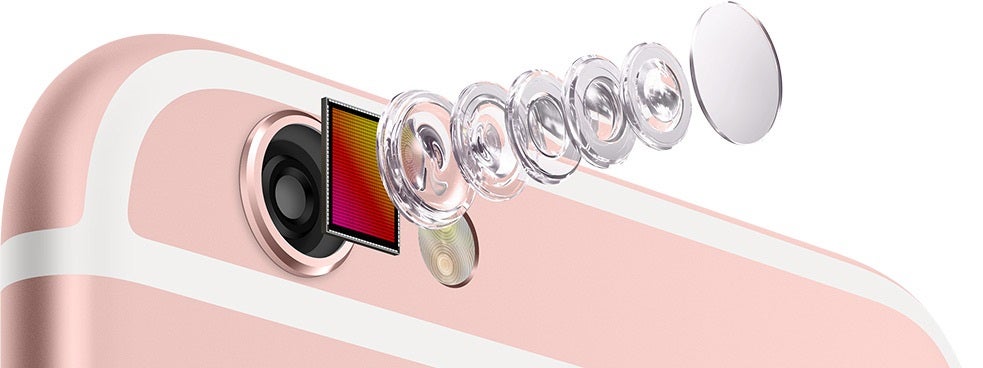
Battery life
The iPhone 6s has a battery at about 2900-3000mAh capacity. Its predecessor managed to rack up a score of 5 hours, 22 minutes, which is far from the Galaxy S6 edge+'s impressive result, but still decent for most people. Unfortunately, the iPhone 6s couldn't catch up to the fast charging developments of Android for some reason. Maybe Apple is being complacent. Maybe integrating fast charging or wireless charging comes at the expense of something else that's more valuable to the typical iPhone user. Only the gang at Cupertino knows, but regardless, fast charging tech is pretty high on our list of iPhone demands, and the same goes for any other up and coming expensive smartphone, actually!
Conclusion
The iPhone 6s Plus goes pretty far for what's considered an incremental upgrade by Apple standards. The increase in hardware and camera power is quite welcome, and the addition of Force Touch makes for a nice usability improvement, not to mention being a classic case of Apple introducing polished (hopefully) new technology for users and app developers to tinker with. For what it is, the iPhone 6s Plus makes for a good, meaningful yearly upgrade over its predecessor.
Follow us on Google News


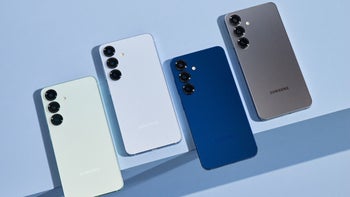



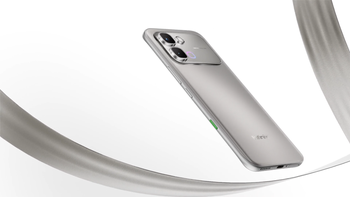
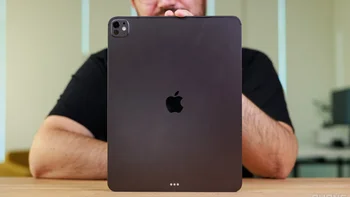
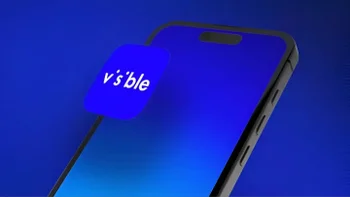
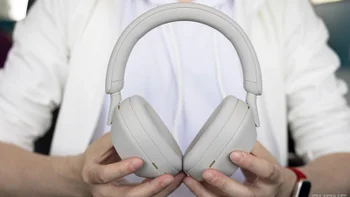

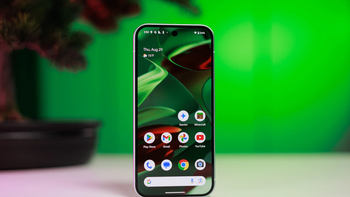
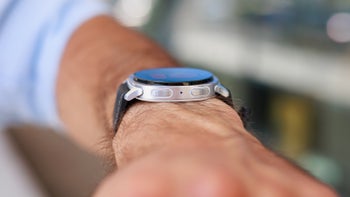
Things that are NOT allowed:
To help keep our community safe and free from spam, we apply temporary limits to newly created accounts: